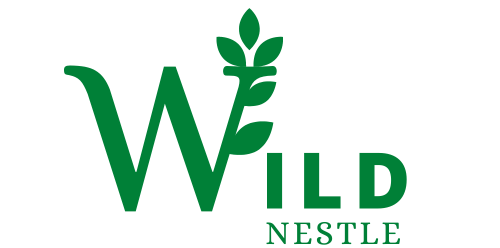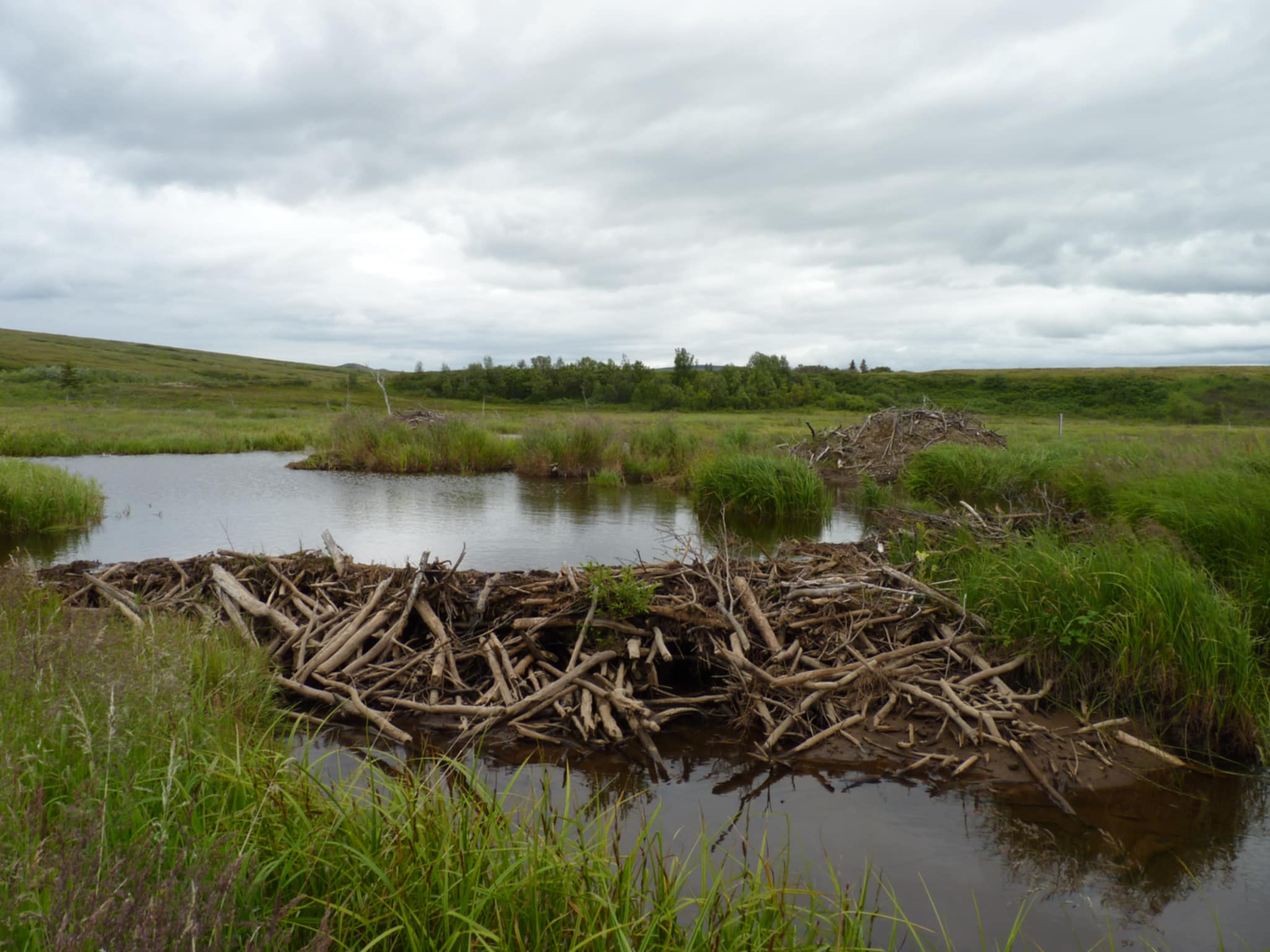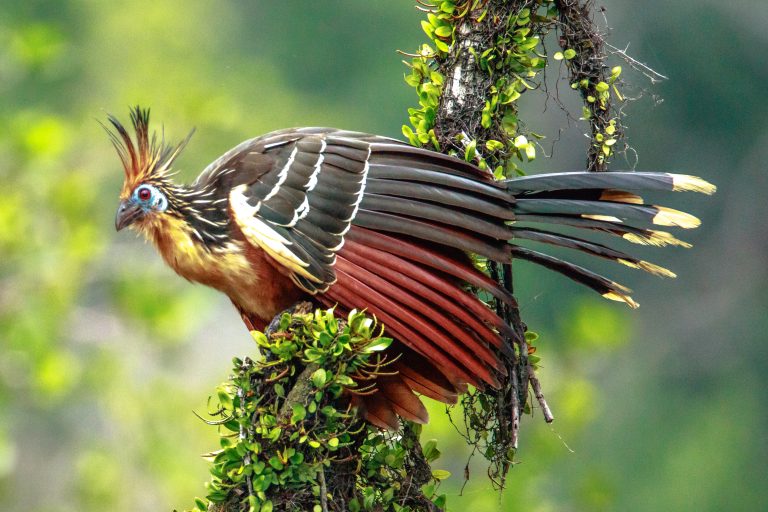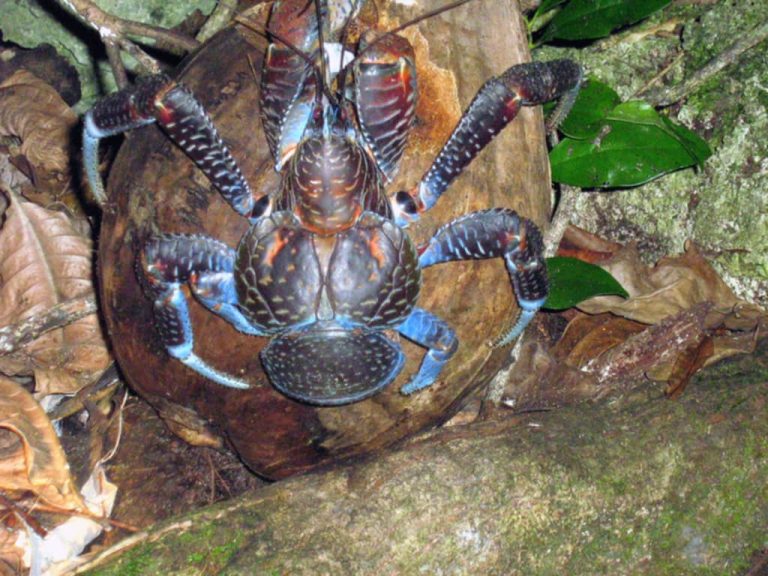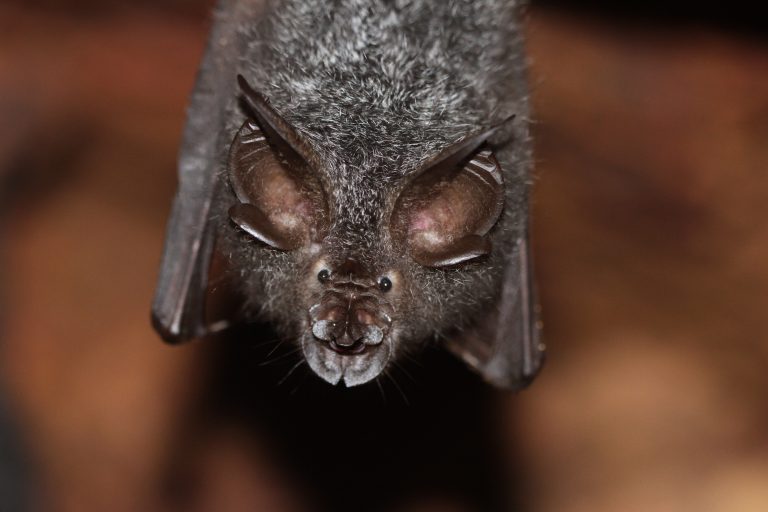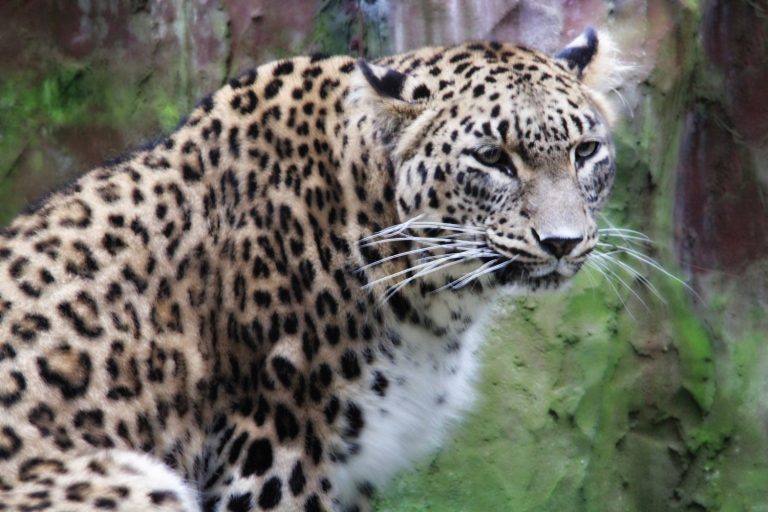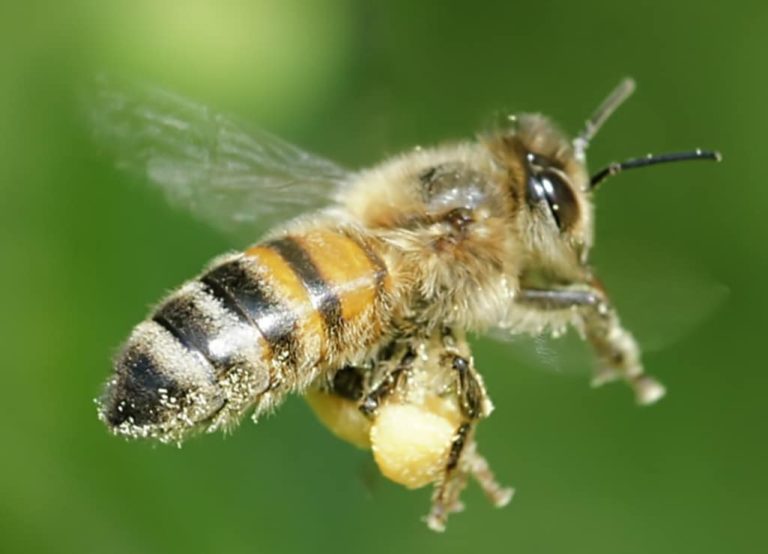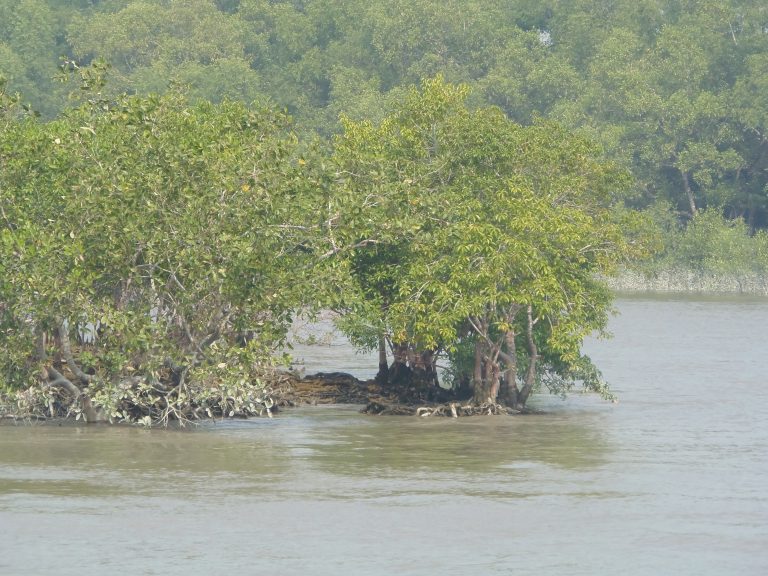Understanding Keystone Species: Their Role and Impact on Ecosystems
A keystone species is a species of organism that’s crucial for the stability and longevity of the ecosystem it lives in, even though its population might be small.
In this post, we will delve into what a keystone species is, their importance to the ecosystems they inhabit, some examples of the keystone species, and how they are relevant to conservation attempts.
What is a Keystone Species?
A keystone species is an organism that has a large impact on the ecosystem that it lives in, despite being few in number.
Simply put, just a few members of such a species can help maintain the stability of their habitat.
This is a concept introduced in 1969 by zoologist Robert T. Paine.
Keystone species play a critical role in keeping the structure of an ecosystem and the diversity of the community of organisms living in it.
They have an impact on many other living beings inhabiting an ecosystem, being detrimental to their types and numbers.
The Role of Keystone Species in Ecosystems
Let’s see how keystone species are important for the stability of an ecosystem.
Maintaining Biodiversity
Keystone species are important for the biodiversity of their respective habitat ecosystems.
They often prevent a single species from overpopulating an ecosystem.
They can be apex predators that keep the herbivores at bay, so the plant species would not perish due to overconsumption.
For example, if a grassland habitat has no apex predators like lions, the animals like antelopes will soon deplete the grass. Once there’s not enough grass to eat, their population will start a rapid decline. But lions can keep the antelope population from overly increasing, thus preventing the grass from being depleted. So, the populations of lions, antelope, and grass will all be stable due to this predator-pray relationship.
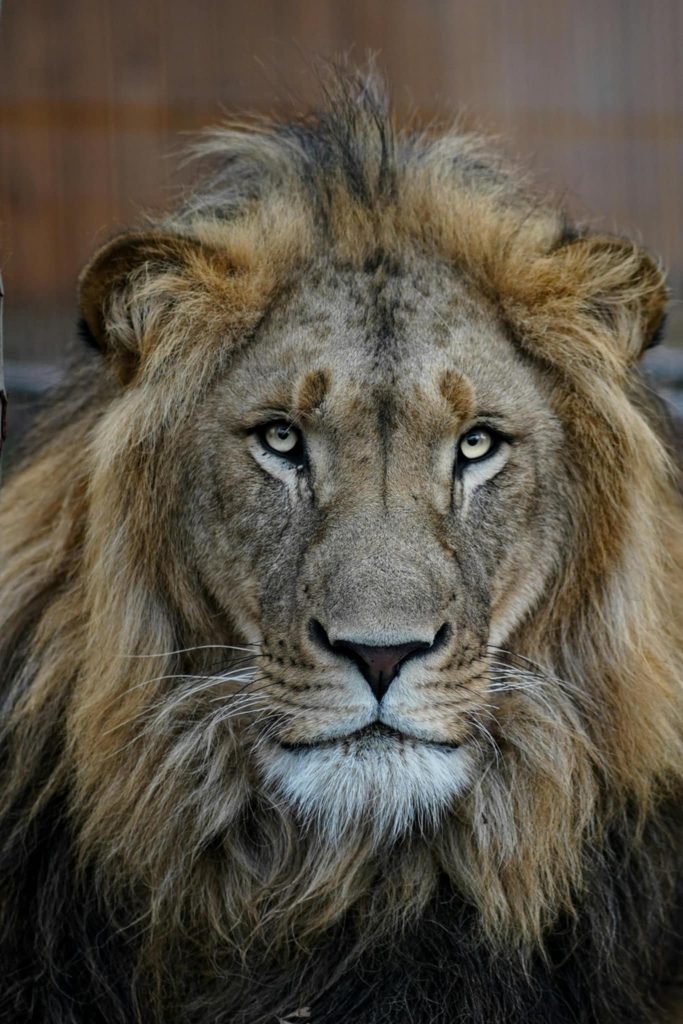
Some of the keystone species are mutualists that provide certain benefits to other species, helping sustain and stabilize their populations.
In general, keystone species provide critical resources and help sustain and control the populations of the orgasms within ecosystems.
Ecosystem Engineering
Some keystone species make changes to the structure of the ecosystems they live in, and that benefits many other species that occupy the same ecosystems.
Beavers are a classic example of this. By building dams, they slow down the water flow, increase water levels, and create funds and wetland habitats that provide habitats for many other animals and plants.
Examples of Keystone Species
It’s time for us to look at some examples of keystone species.
Mammals
- African Elephants: African elephants act as ecosystem engineers. They trample grass and uproot and knock down trees. This prevents the savanna grass from becoming too dense and opens pathways for animals to move around.
They also dig water holes with their trunks, helping provide water for themselves and other animals in dry seasons.
- Beavers: Another great ecosystem engineer, beavers build dams across waterways, creating wetland habitats that support numerous species, including fish, birds, and other mammals.
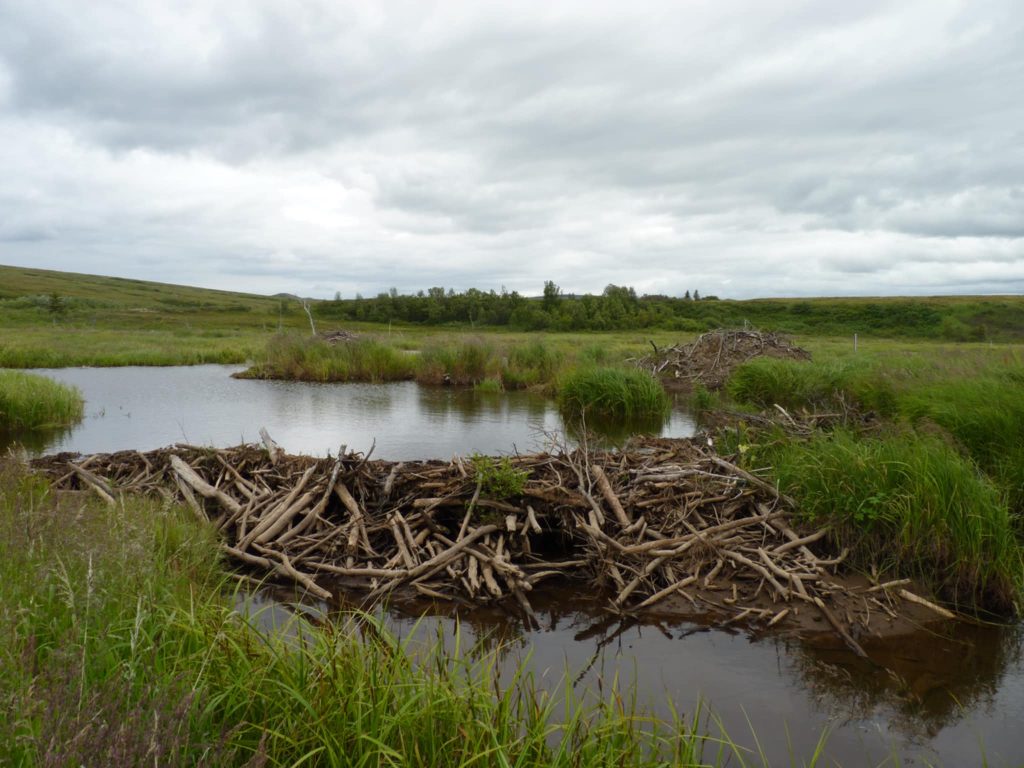
Beaver dams also contribute to maintaining water quality by holding sediments and pollutants.
- Grizzly Bears: Grizzly bears catch salmons from waterways and take them into the forest. These salmon carcass remains enrich the forest floor with nitrogen. This supports the growth of strong and healthy trees and benefits other species that depend on these trees.
- Lions: Being apex predators, Lions control herbivore populations, and ensure that no single herbivore species dominates, preserving biodiversity.
- Sea Otters: Sea otters prey on sea urchins and keep their populations under control. Without sea otters, sea urchins would increase in numbers too much and overgraze kelp forests which are critical marine habitats.
- Wolves: Wolves in Yellowstone National Park control elk and deer populations, protecting the vegetation against overgrazing. This balance is crucial for the ecosystem’s health and biodiversity.
Birds
- Hummingbirds: Hummingbirds, such as the green-backed firecrown hummingbird in Patagonia, are important pollinators. They help with the reproduction of plant species and the maintenance of gene flow in ecosystems.
Fish
- Tiger Sharks: Tiger sharks control populations of turtles and dugongs, protecting seagrass ecosystems from overgrazing. This is vital for sustaining these marine ecosystems and the species that depend on them.
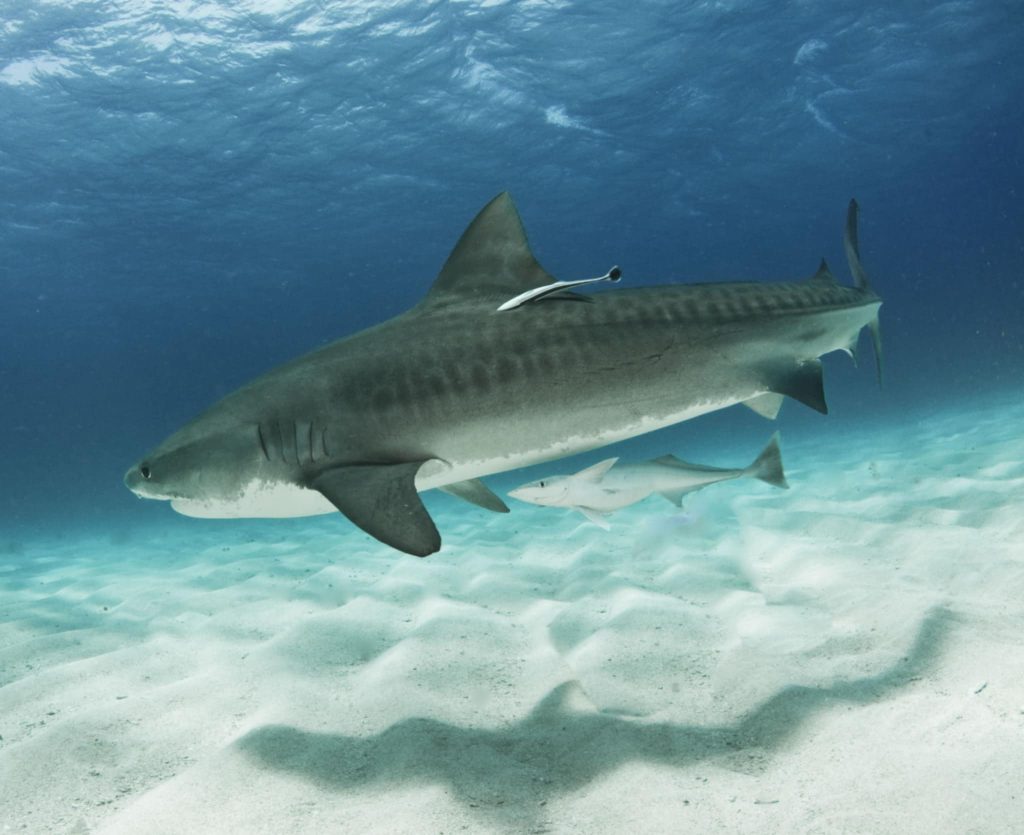
- Pacific Salmon: Pacific salmon bring nutrients from the sea to the freshwater ecosystems when they migrate from the sea to the freshwater habitats for spawning. When they die after spawning their decomposing bodies provide food for a wide range of organisms. They are also prey for many predatory animals such as bears and wolves, and their carcasses dragged into the forests help tree growth, enriching forest soil as their remains decompose.
Reptiles
- American Alligators: American alligators control populations of various species. The burrows they create become water sources for other animals during dry periods. These burrows also provide shelter for numerous other animals.
Insects
- Bees: Bees are essential pollinators who help the reproduction of plants and support other species that depend on these plants for food and shelter.
- African Termites: African termites build large mounds that provide safe shelter for small animals like mongooses and barbets. These mounds also provide nutritionally rich ground for many plant species, including Acacia trees, which reproduce better near termite mounds.
Plants
- Red Mangrove: Red mangroves are plants crucial for preventing shoreline erosion during heavy storms and provide nursery habitats for larger animals like the American crocodile, Florida panthers, and West Indian manatees.
- Saguaro Cactus: The saguaro cactus of the Sonoran Desert in the southwestern United States and northern Mexico provides nesting spots for many bird species. The juicy fruits they bear in the dry summer months are the only moist food source for many animals during that time.
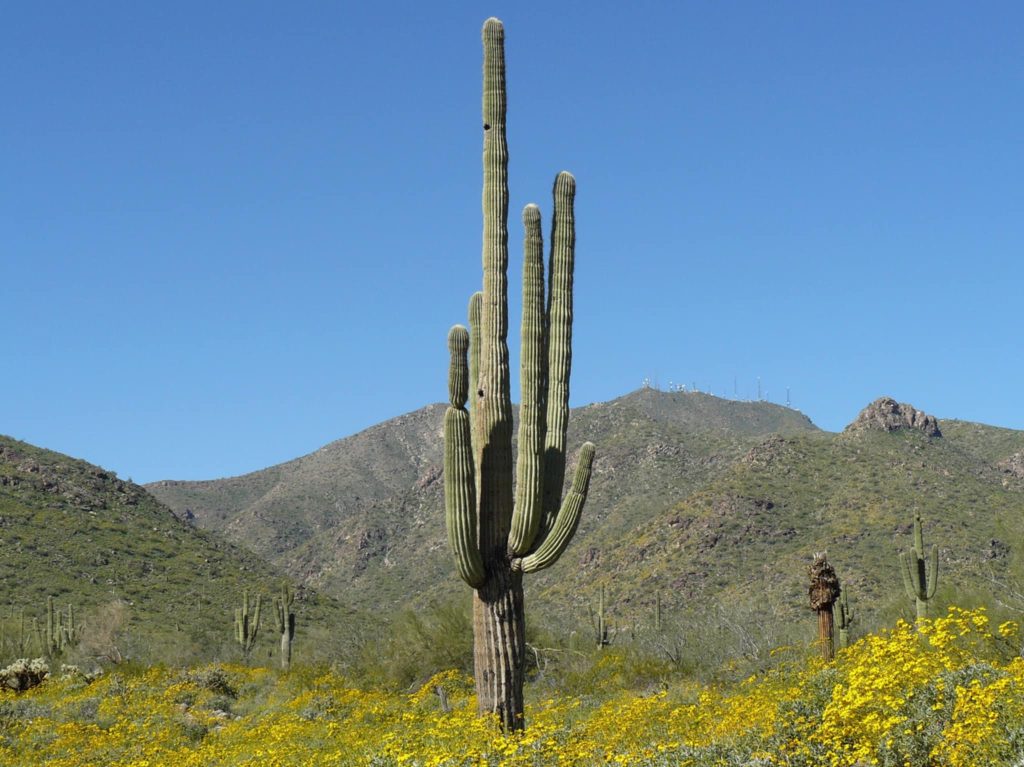
Other Keystone Species
- Gopher Tortoise: The gopher tortoise, found in the southeastern Coastal Plain of the US, digs large burrows that serve as habitats for many other animals, including mammals, birds, reptiles, amphibians, and insects. These burrows are especially critical in areas prone to wildfire, as they provide a safe refuge for many species.
- Krill: Krill are small marine crustaceans who move to the surface from deeper sea to feed on phytoplankton and zooplankton. The fast-sinking fecal pellets they excrete take nutrients to deeper levels of the sea. Krill are also a staple food for animals like seals, penguins, and whales, so they transfer nutrients from plankton to higher trophic levels.
- Starfish (Pisaster ochraceus): The starfish Pisaster ochraceus is a keystone predator in rocky marine intertidal ecosystems that controls mussel populations and maintains diversity.
- Ivory Tree Coral (Oculina): Ivory tree coral is a keystone species in marine ecosystems that provides habitat for more than 300 species of invertebrates. Without this coral, many of these marine invertebrates will be homeless.
Importance of Keystone Species in Conservation
If a keystone species, a species that plays a unique role that no other species can, disappears, it can lead to dramatic changes in the ecosystem, resulting in the loss of biodiversity, as other species that depend on the keystone species may struggle to survive or even become extinct.
The absence of a keystone species can create an opportunity for invasive species to enter and dominate the ecosystem too, disrupting its balance even more.
So, protecting keystone species is essential for preserving the health and stability of an ecosystem.
Conservation strategies often focus on restoring habitats to support these species and creating reserves or protected areas where they can thrive.
There must also be programs for educating people about the importance of keystone species and the need to protect them.
Conclusion
As declared by Robert T. Paine in 1969, keystone species are crucial for maintaining ecosystem stability and biodiversity, despite their small numbers.
These species can be apex predators like lions, ecosystem engineers like African elephants, or mutualists like hummingbirds.
Their absence can lead to significant ecosystem disruptions.
So, protecting them through habitat restoration, establishing reserves, and educating people is essential for conserving ecosystems.
